On the evening of September 23, the much-anticipated 19th Asian Games in Hangzhou opened grandly. This much-anticipated sports feast has attracted the attention of countless sports fans around the world.
In order to successfully host this world-class event, the Hangzhou Asian Games has established a “green, smart, frugal and civilized” hosting concept since its successful bid in September 2015.
“Green” and “environmental protection” have also become the highlights of this event. Let’s take a look at what efforts the Hangzhou Asian Games has made in terms of recycling?
In February 2023, Zhejiang Province issued the “Waste-Free Asian Games” Action Plan, and the concepts of green and environmental protection were refined into specific requirements: the proportion of recyclable (renewable) materials in licensed products and venue decorations reaches 70%; the recycling rate of meeting materials during the Asian Games shall not be less than 50%; disposable paper cups will not be used and the purchase of disposable signature pens will be reduced; the use of renewable paper will be promoted.
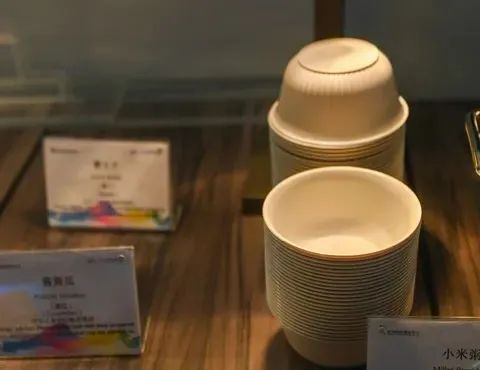
In the Hangzhou Asian Games Village, there are many details that are eye-catching: the toiletry bags distributed in the accommodation rooms are made of environmentally friendly fabrics with waterproof functions; the clothes hangers in the wardrobes for guests are made of wheat straw; licensed products In retail stores, the low-carbon version of the mascot reduces unnecessary carton packaging and only retains the image tag.
In a souvenir shop located in the Asian Games Village, a pillow produced by a Hangzhou company uses recycled and environmentally friendly fabrics. More than 30% of its raw materials come from recycled plastic bottles and other plastic products, effectively reducing the generation of plastic waste and reducing carbon emissions.
In the Athletes Village, there is also a special building made of environmentally friendly paper, recycled materials and recyclable plastics. It is the “No Waste” Living Museum.
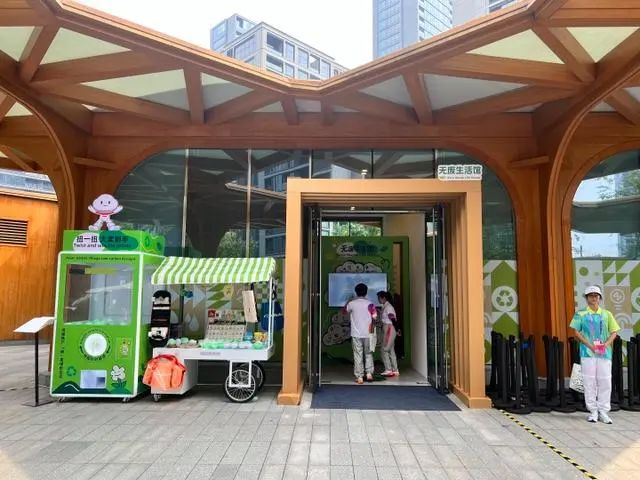
“Waste-free” living pavilion built with environmentally friendly paper, recycled materials and recyclable plastics
Not only is the exterior of the building unusual, but even the layout inside the museum reflects the concept of “no waste”: energy-saving lighting fixtures, garbage classification and recycling devices are listed, and the museum also has low-carbon products, interactive games, quizzes, Handmade DIY and other methods promote concepts such as waste-free, green, low-carbon and recycling.
As the catering service provider of the main media center, Hangzhou International Expo Center is bound to go all out to promote a green and low-carbon lifestyle that is deeply rooted in the hearts of the people. In the restaurant, the dining tables and landscape decorations as far as the eye can see are all made of paper-based materials, which can be recycled and reused after the game. The tableware provided to guests are all degradable and environmentally friendly materials. Cutlery, forks and spoons are made of PLA material. Dinner plates and bowls Using rice husk material, from the space layout to the plates and tableware, we truly implement and create a “waste-free” dining space.
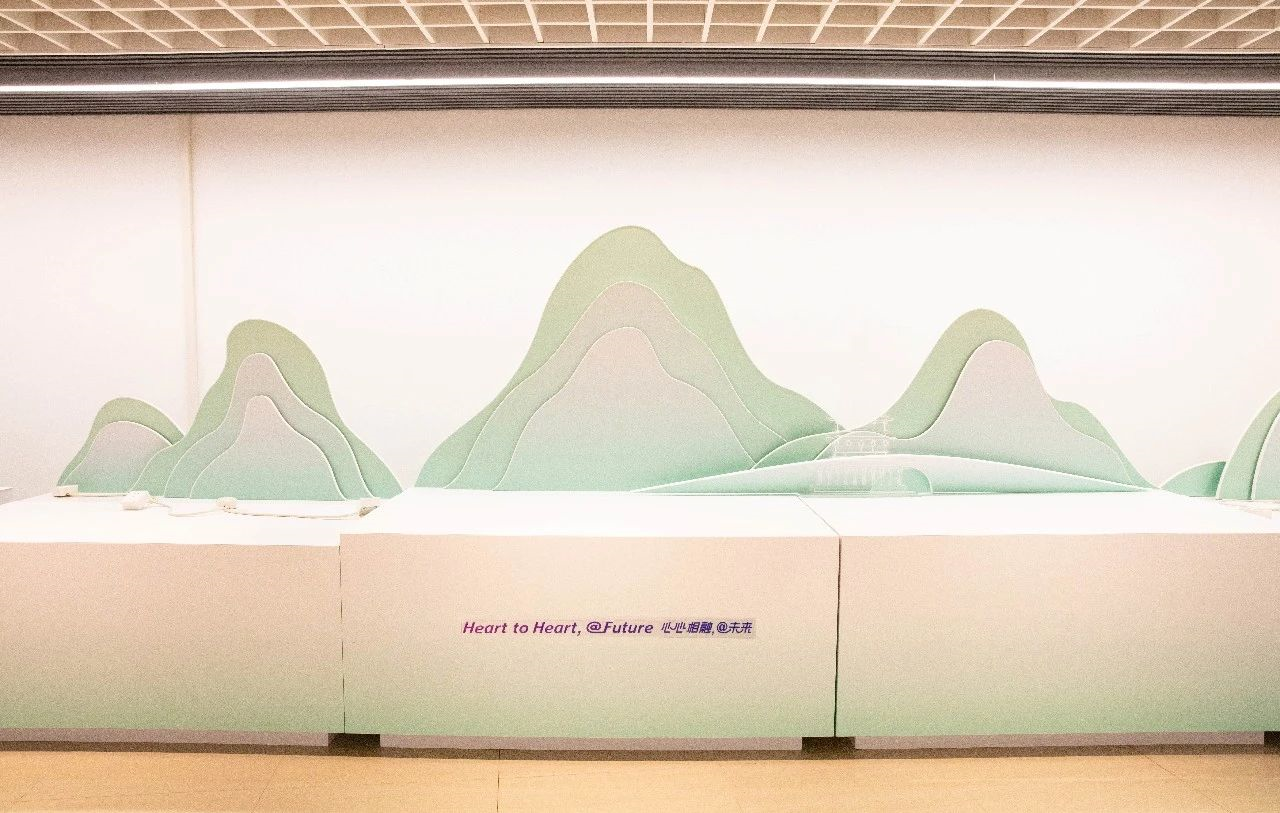
The dining table and landscape decoration are made of paper-based materials
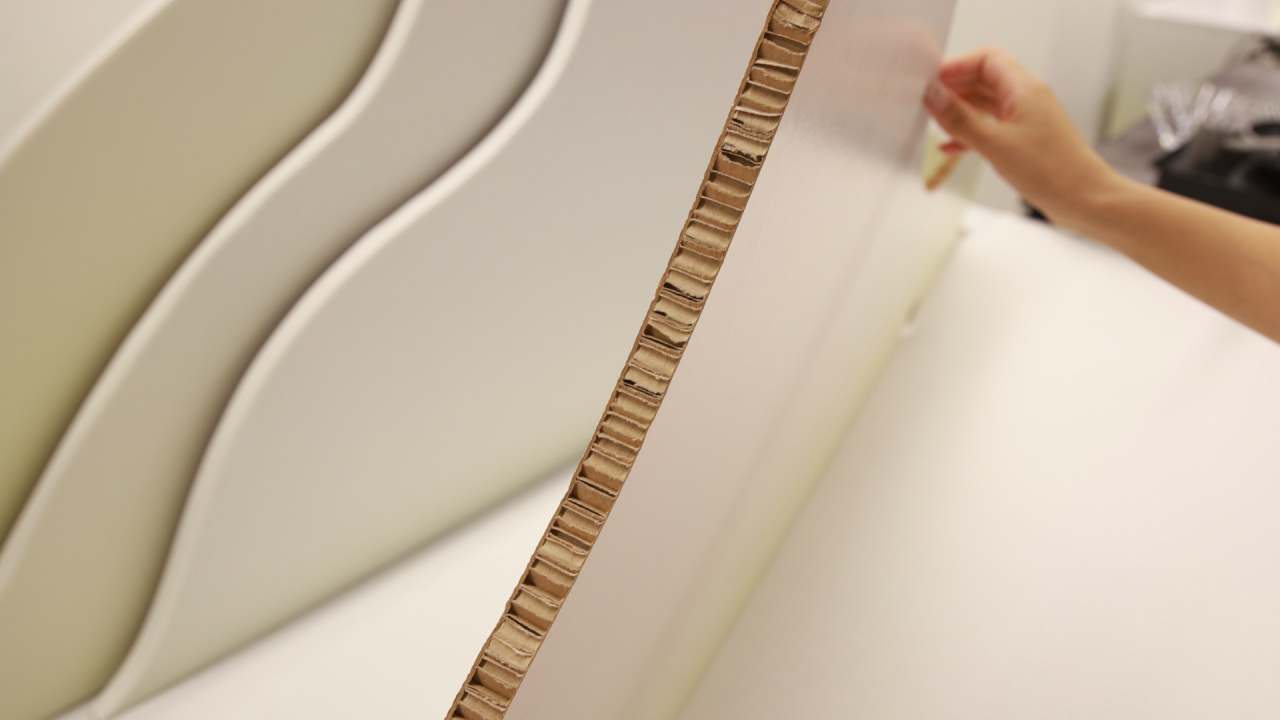
The dining table and landscape decoration are made of paper-based materials
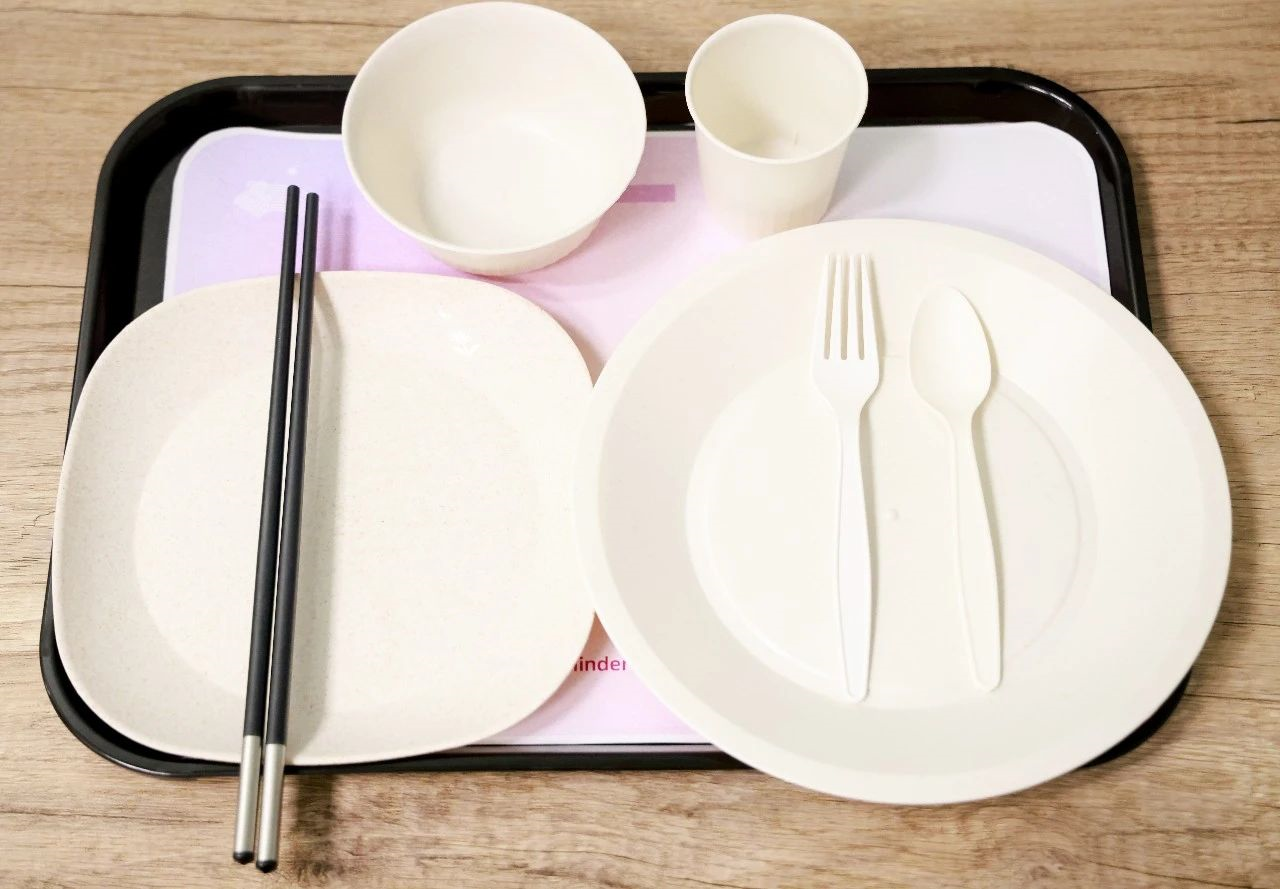
Tableware is made of degradable and environmentally friendly materials
In addition to this living pavilion, the Asian Games Village also implements zero carbon in many details:
For example, the Asian Games Village has created the first low-carbon account in the history of the Asian Games. “Villagers” can accumulate low-carbon points by recycling water bottles and other methods, which can be exchanged for gifts, or donations can be converted into “Asian Games Forests” to leave their own low-carbon thoughts.
In addition, there is a zero-carbon badge exchange center, a “power station” that popularizes green energy, an Asian Games licensed merchandise store that encourages green consumption, a supermarket that promotes plastic-free shopping, and an athlete restaurant that promotes the CD movement, etc., bringing together all the low-carbon products in the Asian Games Village. Scenarios to help achieve the goal of a green Asian Games village and support the implementation and promotion of the “Green Asian Games” concept from the participation side.



 微信扫一扫打赏
微信扫一扫打赏
